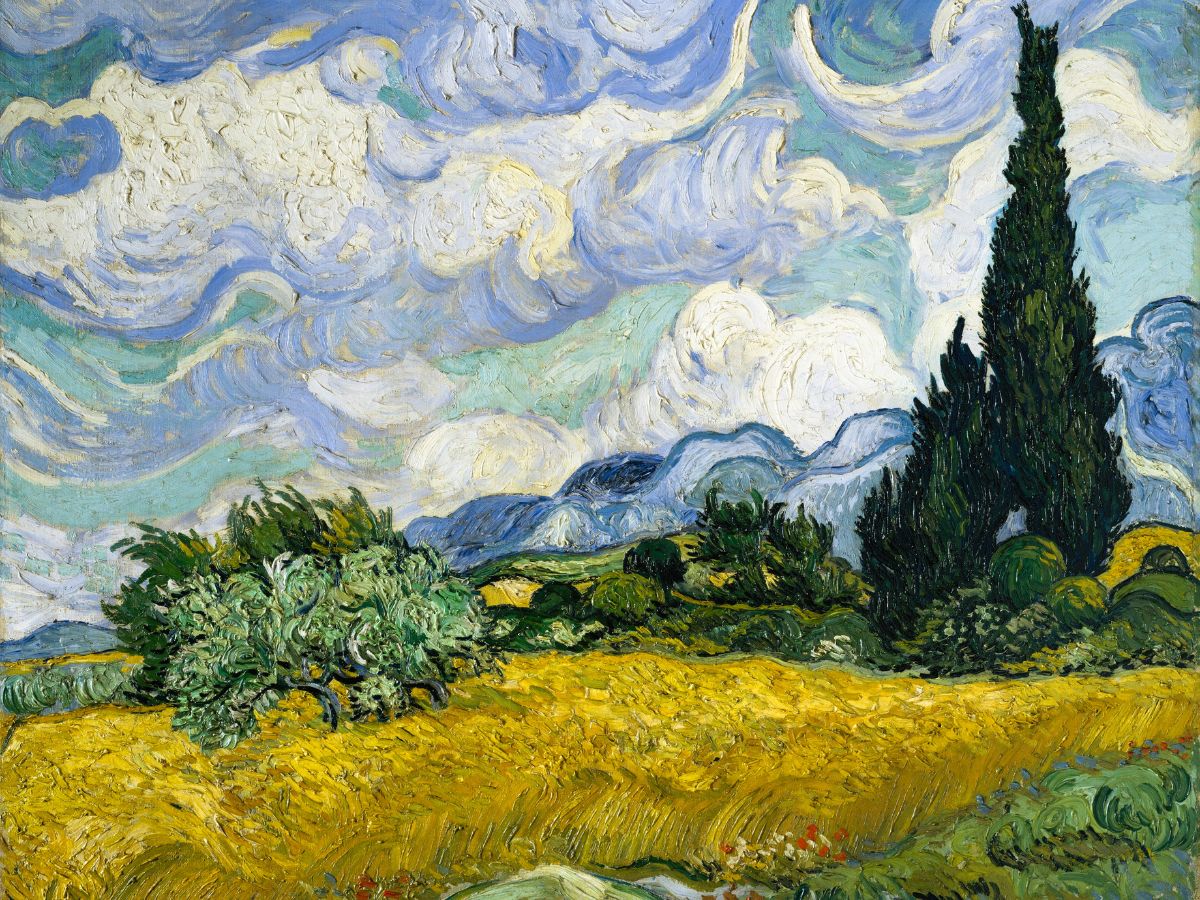
Mastering Color Theory in Canvas Painting
Color theory is a fundamental aspect of canvas painting, serving as a guide for artists to create visually engaging and emotionally resonant artworks. By understanding the principles of color interaction, artists can elevate their work, ensuring that their paintings are not only aesthetically pleasing, but also evoke the intended emotions in the viewer.
Why Color Theory Matters in Canvas Painting
Color theory isn’t just an academic concept—it’s a practical tool that artists use to control how viewers perceive their work. The arrangement of colors on the canvas can significantly affect the mood, depth, and balance of a painting.
For example, using a complementary color scheme—where colors opposite each other on the color wheel are paired—can create high contrast and make elements of the painting pop. This technique is frequently used to draw attention to specific parts of the composition, ensuring that the viewer’s eye is naturally guided to the focal point.
Key Concepts in Color Theory
1. Color Harmony
Achieving a harmonious color scheme is crucial for a cohesive artwork. There are several ways to create harmony, such as using analogous colors—those next to each other on the color wheel. This scheme creates a serene and comfortable design, making it ideal for paintings intended to evoke calm and unity.
On the other hand, a triadic color scheme, which uses three colors evenly spaced on the color wheel, can produce vibrant and dynamic compositions that maintain balance while adding visual interest.
2. Color Temperature
Colors are often categorized as warm (reds, oranges, yellows) or cool (blues, greens, purples), and this temperature plays a crucial role in the painting’s overall feel. Warm colors tend to advance towards the viewer, creating a sense of closeness and intensity, while cool colors recede, adding depth and calmness. Understanding how to manipulate color temperature allows artists to control the spatial dynamics and emotional tone of their work.
3. Emotional Impact
Different colors evoke different emotions, a concept rooted in color psychology. For example, red can signify passion, danger, or excitement, while blue often represents tranquility, security, or melancholy.
By strategically applying these colors, artists can subtly influence the viewer’s emotional response to the painting. This is why mastering color theory is not just about choosing the right colors but also understanding the psychological impact those colors will have.
Practical Application in Canvas Painting
To effectively apply color theory in your canvas painting, start by experimenting with different color harmonies. Create a series of small studies or value charts where you explore how various combinations of colors interact. This practice will help you develop an intuitive understanding of color relationships, which is essential when working on larger, more complex pieces.
Another practical tip is to limit your palette. By using fewer colors, you’ll be forced to mix your own, which enhances your understanding of how colors combine and contrast. This not only improves your technical skills but also adds a unique character to your work, as the mixed colors will be more nuanced and personalized.
Mastering color theory is a journey that can profoundly improve your canvas painting skills. By understanding and applying the principles of color harmony, temperature, and emotional impact, you can create artworks that are not only visually stunning but also deeply resonant with your audience.


